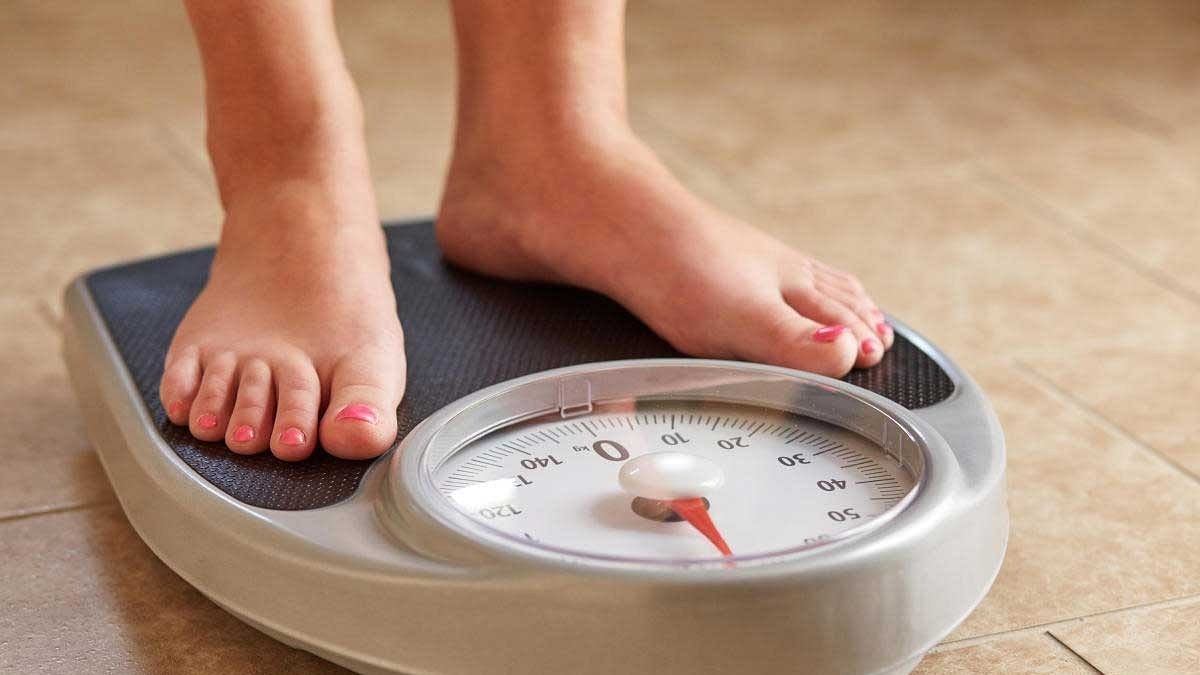
Representative image of a weighing scale.
Credit: iStock Photo
When I was 25 years old in the year 1984, I weighed an ideal 60 kg with a waist size of 30 inches. Twenty-five years later, I celebrated my golden jubilee with a weight of 85 kg and a waist size of 38 inches. A sedentary lifestyle, combined with my lack of awareness about the calories I was consuming, had led me into a perilous state of overweight.
Unbeknownst to me, my knees silently bore the burden of my excess weight. The first signs of osteoarthritis in my knees began to appear at the age of 50. The feeble attempts I made subsequently to shed weight were not sufficient to bring it below 80 kg. By the time I retired in 2019, the condition of my knees had deteriorated further.
Recently, I underwent physiotherapy at a nearby clinic to alleviate the aggravated pain and swelling in my knees. During the course of treatment, the physiotherapist, Dr. Ruchika, informed me that the severity of osteoarthritis would automatically decrease by half if I could shed 10 kg of excess weight. Caloric intake should align with physical activity, she stressed. She further explained that hunger pangs or food cravings do not necessarily indicate an actual energy requirement. These cravings tend to recur habitually every few hours. She advised me to review what I have eaten since the morning before succumbing to these cravings. The term “calories” became the focal point of her message.
The other day, I was at a party with some relatives, enjoying drinks and snacking on potato chips and roasted peanuts. I casually brought up the topic of calories and wondered how a layman would know the number of calories in the snacks we were eating while drinking. That’s when my well-informed nephew, enlightened me that every branded packaged food item contains nutritional information on the packaging. He even showed me the package of potato chips, which had a table displaying the nutritional information, using the symbol ‘kcal’ to indicate the food’s calorie content. Additionally, the information on the breakdown of nutritional components, mainly protein, carbohydrates, fat, and sodium, was also provided.
Back at home, I retrieved unopened packets of snacks from the kitchen closet to examine the nutritional tables. The energy content per 100g of weight in roasted peanuts, bhujia, biscuits, and wheat flour was listed as 630 kcal, 579 kcal, 485 kcal, and 338 kcal, respectively. The table also showed the nutrient breakdown in grams. For example, wheat flour mainly consisted of carbohydrates, while roasted peanuts were rich in fat.
Now I count my calories, which serves as a deterrent to excessive
consumption.